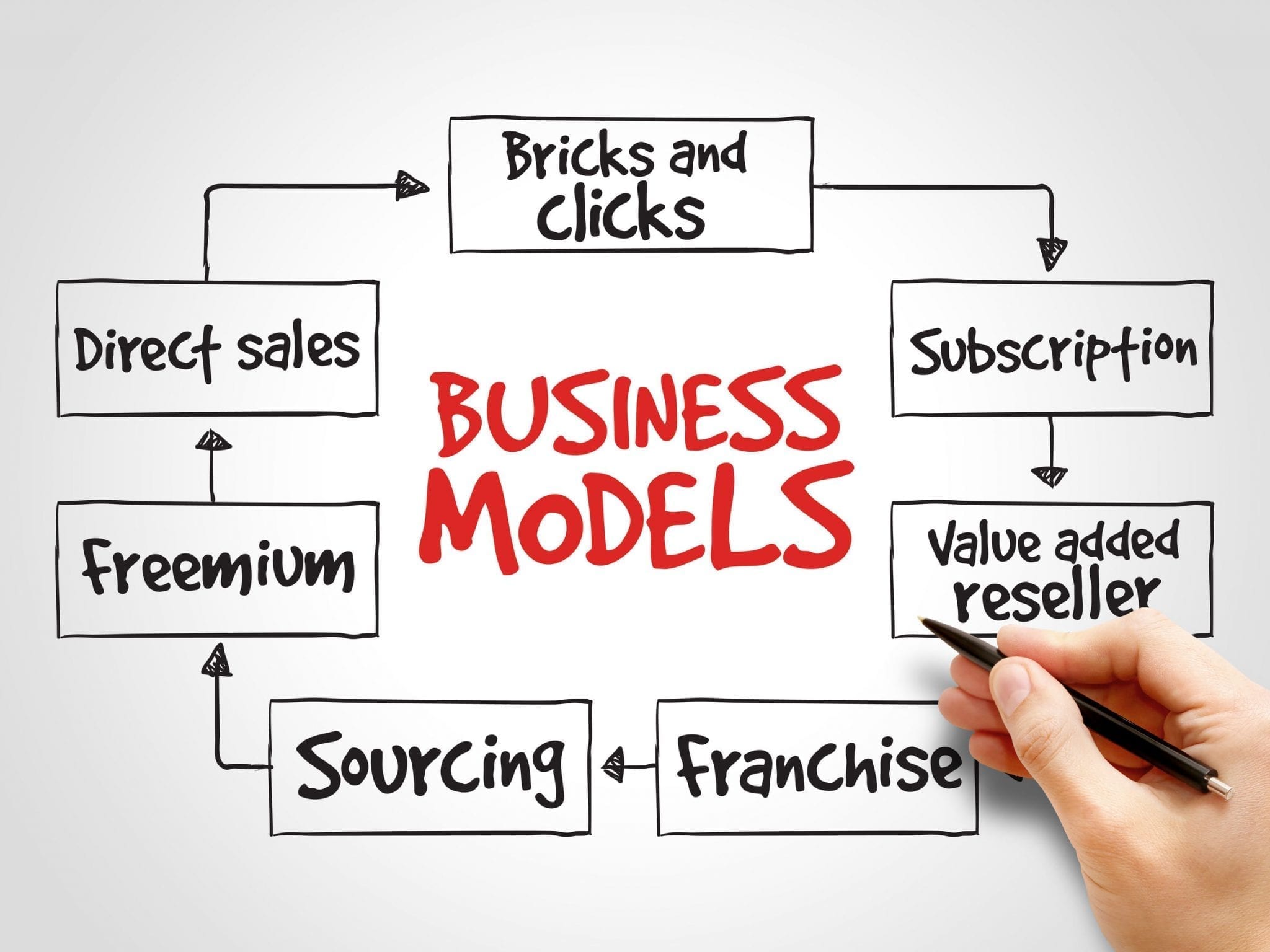First, How Will Your Business Make Money?
Your venture needs to bring in revenues that exceed your costs if you would like it to be considered a business rather than a hobby. To attract investors and partners, you will need to concisely and confidently describe how you plan to make a profit. Begin by looking over the company’s financials and stock research materials. This is true for all businesses, whether you are non-profit or for-profit. If you are in the “just getting started and still figuring things out,” phase, the first thing you should do is to figure out how your business plans to make money.
Contents
The Business Model
Defining how your business will make money is also known as your business model.
As Guy Kawasaki says in his book “The Art of the Start,” if you can’t describe your business model in ten words or less, you don’t have a business model. Your business model can (and should) be as simple as, “We sell Product X for $50 a month. Product X costs $10 a month to produce.” This statement is a bit longer than ten words, but it is clear what you sell and how much you stand to profit from the sale.
Study Other Business Models to Find Yours
If you aren’t sure about how your business will make money, there are countless examples of business models to consider. Rather than trying to come up with a new way of making money, learn from what’s already happened. By studying other business models, you will quickly find the best fit for your product or service.
Here is a summary of a half-dozen of the most common models:
- Facebook model. As the consumer, you experience the product for free; you will see paid advertisements while using the product. The business makes money by selling advertising. To be successful with this model, you will need to have a large, highly engaged audience so you can tell your advertisers they will get in front of many people every day. You will likely need to invest money upfront in acquiring your audience before you can sell advertisers on your platform.
- eCommerce model. This model involves allowing visitors to your online platform (an app or website) to purchase products. The products sold might be ones you keep in stock or might be drop-shipped by the manufacturer. For this model to be successful, you will need to reach your target audience, which means you’ll need to have money upfront with which to advertise. Some examples of this model are Amazon.com (offers everything for everyone), Thrive Market (offers products similar to Whole Foods at a lower price than Whole Foods), or Chewy.com (offers products for pet owners).
- Shopkeeper model. This model implies setting up a store in a location where potential customers are likely to be, with products and services on display, being sold at some multiple of cost to cover the overhead and realize a profit. Solely selling in-person is becoming less common, but still exists, especially with service-based businesses, such as food trucks, hair salons, and car mechanics.
- Bricks-and-clicks model. This is a hybrid of the shopkeeper and eCommerce models, in which a company integrates both offline (bricks) and online (clicks) presences. It is also known as “click-and-mortar,” as well as “bricks, clicks, and flips,” with flips referring to catalogs. Initially, this business model was challenging to implement for smaller businesses, but now, with services such as Shopify and Squarespace, having a bricks-and-mortar business that has an online shopping option is becoming the standard.
- Razor-and-blades model. This one has been around for many years now. It is sometimes called the “bait and hook model” or the “tied products model.” The premise is offering a basic product at a low cost, often at a loss (the “bait”), then charging compensatory recurring amounts for refills or associated products or services (the “hook”). Examples of products sold with this model are printers and game consoles.
- Subscription or licensing model. Here a customer must pay a contracted price to have access to the product or service periodically (monthly, yearly, or seasonal). The model works online, offline, through magazines, newspapers, and television. Products sold using this model include subscription boxes like Causebox and Popsugar, magazines like the Atlantic and TIME, and online entertainment services such as Netflix and Hulu.
There are many more, with descriptive names like the auction model, direct sales model, the value-added reseller model, the multi-level marketing model, and the freemium model. Take a look at Wikipedia if you want more details.
Investors and potential partners will want to see and easily understand the underlying foundation of your business’ profit plan. If you don’t state your business model in your business plan, investors will likely ignore it.
Once you’ve defined your business model, you will state it in your business plan. Clearly define who your customer is, what the customer will pay for, how much will he pay, and how much you expect it to cost for that revenue.
Next Steps to Defining Your Business Model
Figuring out your business model will take work. You’ll need to study other businesses’ successes and failures, evaluate your competition, and clearly define your audience. You’ll also want to do a feasibility study.
Ready to get started? To do it yourself, begin by visiting our Planning and Research resources from our Entrepreneur’s Library. Would you rather work with an expert consultant? If so, our Business Model Design service will help you define your business model and prepare you to speak about it to potential investors.

